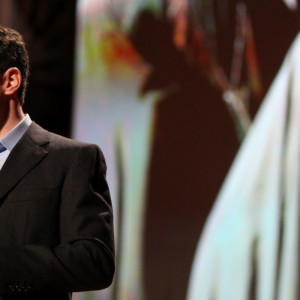Eastern religions put a great deal of emphasis on meditation, and especially sitting meditation. Many schools say that one can only reach awakening through sitting, likely because many of the great teachers in the past were enlightened in this way. You may find yourself in a situation where you are told that you should practice meditation, or even that it is required. In the following post I’ll attempt to explain a little about meditation and show that it’s only a tool towards reaching enlightenment, not the key.
There are certainly many benefits to meditation. It is relaxing and can slow and focus the thoughts. This is especially true of meditations which focus on the breath as the object of meditation. There is a wonderful educational series on meditating by the amazing Ajahn Jayasaro. He explains the logic behind meditating from the Buddhist perspective and gives some examples of techniques. The breathing method he describes where you count the breaths is one of my favorites, and it’s great for beginners because the act of counting helps to limit the flow of stray thoughts and focus your attention on the breath. It’s also much more challenging than it sounds. Before learning how to breathe you must first learn to sit properly, and that is taught well by Kavita Maharaj in this video. As Kavita explains, there are many ways to sit and it’s largely based on what is comfortable to you. Don’t believe anyone who tells you that you must sit in a certain way. She has another video that goes into a bit more detail on sitting which you can view here.
Many western meditation and yoga teachers will have you close your eyes during meditation, but I advise against this. The purpose of sitting isn’t to seal yourself off from your environment, but rather to become in harmony with it. If you close your eyes, you will tend to visualize more and that just makes the entire process more difficult. Zen meditators will often gaze down their noses at the floor, or four to six feet in front of them. It’s a gaze, not a stare – you’re not supposed to focus on a physical object in this meditation – you should be focusing on the breathe.
I began my meditation practice by sitting twice a day, once in the morning and again before I went to sleep. I found myself really enjoying my night time meditation because it relaxed me and I was able to fall asleep immediately for the first time in years. After a few months I replaced the morning session with Thich Nhat Hanh’s mindful movements, which I found to be more appropriate to that time of day.
Over time I have found that meditation is a useful tool and I believe everyone should experience it, but it can’t possibly be considered the most important one used in awakening. After all, sitting and breathing isn’t exactly revolutionary. It seems to me that in order to be awakened you must come to the realization instantaneously, and the best way to do this is by surprise. While sitting and breathing is very useful for many reasons, it alone will not lead to any great realization.





Leave a Reply